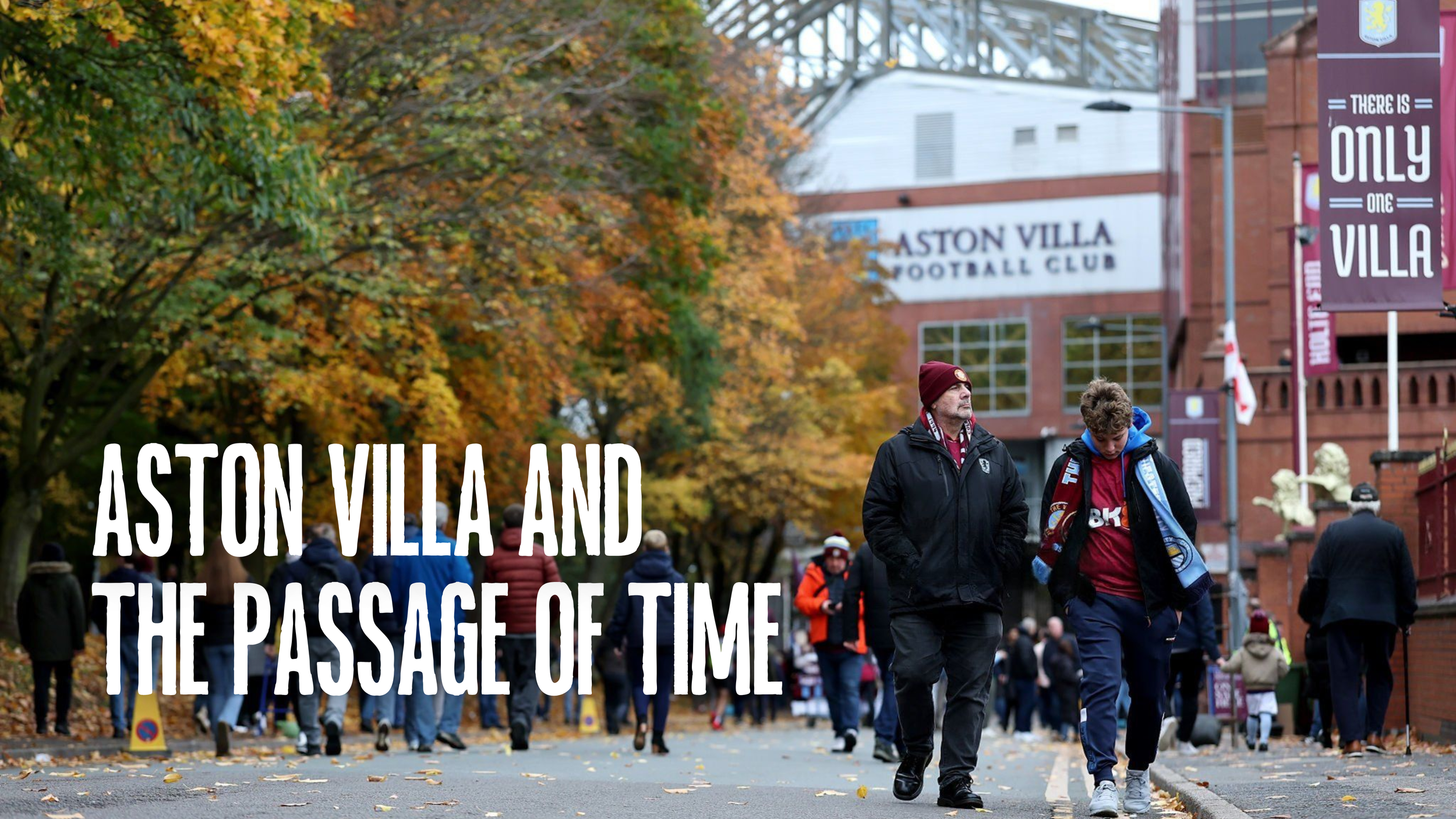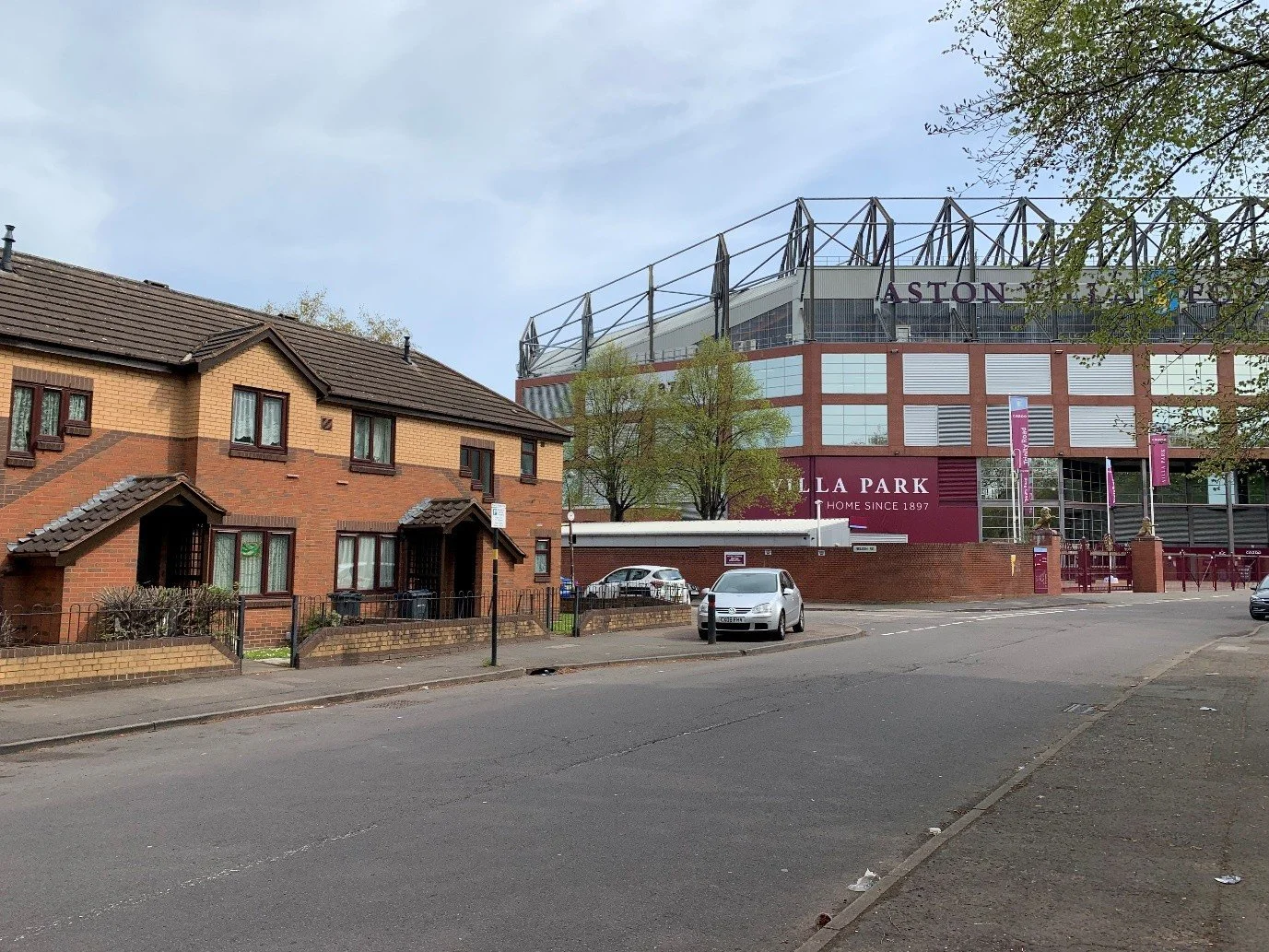Words: Ivan McDouall // @Ivan_McDouall
Every year, Birmingham Heritage Week aims to be both a celebration and reimagining of Birmingham’s varied past. Two of Aston Villa’s neighbours throw open their doors as part of the festival – Aston Hall and Aston Parish Church.
Aston Hall, of course, was conceived by one Sir Thomas Holte and completed in stages between 1631 and 1635. The Hall and grounds are a fascinating entity, even more so given that the owning family would give The Holte End at Villa Park its name. The Hall and surrounding areas also offers insight into the Aston Lower Grounds, the site where Villa Park now sits. These green spaces would have been part of the Hall’s grounds at one stage and gives a nod to the grandeur and prestige of the area.
The almost Cathedral-like features of Aston Parish Church also give a nod to previous incarnations of Aston as a major rival to Birmingham itself. You could even argue that Aston was even the more important site of work and trade as the conurbation grew up, and almost certainly had aspirations of ‘city status’. Much has changed and the parish of Aston and Nechells is now ranked 118 out of 12382 (1 being the lowest) in the Church of England’s deprivation index. It says a lot that more people attend Villa Park every other week than live in the Parish (circa 40K versus 23,808) and much is to be made of the decline of industry and employers in the area (Kynochs, Ansells) which has led to a population drift away from Aston. Many people associated with the Parish Church will readily point at the irony of the parish’s biggest employer employing people from around the world on million-pound salaries, who don’t live and aren’t seen in the area apart from on a matchday.
On a more positive note, Villa fans are rewarded for a steep climb up the church tower with astounding views of the surrounding area, including Villa Park.
View of Villa Park, including the historic facade.
So, what of Villa’s own heritage? The stories are well known but what remains and how is that celebrated? Moreover, how does Villa fit into a narrative of Birmingham itself? Has the multi-billion global behemoth of Premier League football eclipsed that context? Or maybe we are just not that important to the wider story – after all, Richard Viner’s recently published ‘Second City – Birmingham & The Forging of Modern Britain’ has just a single reference indexed for Aston Villa Football Club.
In May 1997 the long-forgotten Claret and Blue magazine celebrated 100 years at Villa Park – and part of the historical content was a heritage trail that highlighted key locations in the local area which were integral to Villa’s past. I followed the same route that Bernard Gallagher and Richard Whitehead did in 1997 and, as they wrote then, “the first stop had to be the Chapel itself”.
They were referring to the Aston Villa Wesleyan Chapel – the cricketing members of which formed the club in 1874. The original chapel, rooted in the busy Lozells High Street, remained in 1997 but has now been replaced with a modern building. While one assumes this provided better and updated facility for worship, it’s a great shame this wonderful building and piece of Villa history is no more.
The Aston Villa Wesleyan Chapel.
Photo Credit: Birmingham City Council
The site of the chapel is a stones’ throw from Heathfield Road, which legend tells us was where a pivotal moment in Villa’s history took place, underneath a gaslit lamp. As you walk from the chapel site onto Heathfield Road you pass the now closed Villa Cross Employment and Advice Centre (which previously had been a pub bearing the same name).
Whilst you’d struggle to suggest Heathfield Road was an exciting experience in itself, the gaze of history as a Villa fan increases the sense of significance, place and heritage – and as Richard Whitehead wrote back in 1997 the modern lampposts are likely to be in a similar siting to their gas counterparts from yesteryear. There are various buildings that potentially remain from the time near to where the site of the lamppost is thought to be.
Moving further down Heathfield Road you come to Westminster Road and where the early Villa side would have trained. Soon after that, a Church was built on the site and remains there today. Very little has changed in the years between my trail and Claret and Blue’s version.
The church and associated land on Westminster Road where Villa first trained.
There are other clues and locations related to Villa’s playing history as you head down Trinity Road. Off Fentham Road is the site of the Excelsior Cricket grounds where a nomadic early Villa played some games in 1873. Further down, within direct site of Villa Park is Nelson Road which would have marked the boundary of the Aston Lower Grounds and was known as ‘The Meadow’. Again, early incarnations of Aston Villa sides played adjacent to the Victorian menagerie of the main Lower Grounds, which hosted a range of artists from the time such as as W.G. Grace and Buffalo Bill. Many Villa fans will remember the old aquarium sign on the Trinity Road offices, demolished around 1981, which points to the range of leisure activity that would have taken place here.
This early part of Villa’s history is clearly very nomadic, although the move to Perry Barr in 1876 presented stability. The Wellington Road ground was an important staging post in establishing Villa as a frontrunner in the football League. It is here though, in a modern sense, that you really need to use your imagination. For instance, the Crown and Cushion pub, a long established pub in the area and known for Villa meetings in those early days, is now sadly long gone and there really is little sense of any Villa history here for the un-initiated – a shame perhaps, but inevitable with the passage of time.
Nelson Road, the site of ‘The Meadow’, which marked the boundary of the Aston Lower Grounds.
Slightly further out of Aston, St Mary’s Church offers some further clues to Villa’s heritage and a resting place for the origin points in telling these footballing stories. George Ramsay is buried in St Mary’s Church in Handsworth and his gravestone features the epithet ‘Aston Villa FC Founder’.
Villa legend Archie Hunter once described Ramsay as ‘practically the founder’ of Villa, and whilst his importance in developing from foundations is uncontested, this description gives little acknowledgement to those before. Aston Villa had been founded some time before Ramsay wandered into Aston Park, the famed story of members of the Wesleyan Chapel Handsworth Cricket Team forming the club after conversations under a gaslit lamp on Heathfield Road in March 1874.
None of this is intended to undermine Ramsay’s legendary status and influence within the storied history of Aston Villa. Instead, it merely seeks to highlight his success but also acknowledge the influence of others within a complex web of Villa’s early history.
William McGregor is of course honoured in statue form outside the Trinity Road Stand at Villa Park. McGregor’s role in Villa’s history is much clearer and less debated. He was part of the aforementioned management committee and held roles as diverse as referee (or ‘umpire’) through to Club Chairman. His vision extended far beyond B6 and led the foundation of the Football League in 1888 with Villa at the forefront. Both proud Scotsmen, McGregor and Ramsay’s stories are forever entwined within Villa’s history. This is most evident when researching Villa’s early years. It is fitting then, that McGregor is also buried in St Mary’s, Handsworth.
Headstone of George Ramsay, one of the most important figures in the history of Aston Villa Football Club.
Although the following quote is attributed to Ramsay, it could as easily have been muttered by McGregor, or indeed any other Villa supporter.
“Aston Villa have always been my love. I helped to plant the tree and have seen a grand oak grow."
In many ways the sites specific to Villa’s origins specific are for fans only, perhaps in contrast to the broader history of the area as channelled through the Parish Church or Aston Hall. But Villa remain a key part of that history and catalyst for change for the area moving forward, for better or worse.
The club should see themselves as a custodian of this history while continuing to contribute to the local communities which surround them.But what place does heritage have for fans or the club?
For all football clubs, but in particular those at the highest levels of the game, achieving this balance remains a conundrum.
All photos by Ivan McDouall unless otherwise credited.







